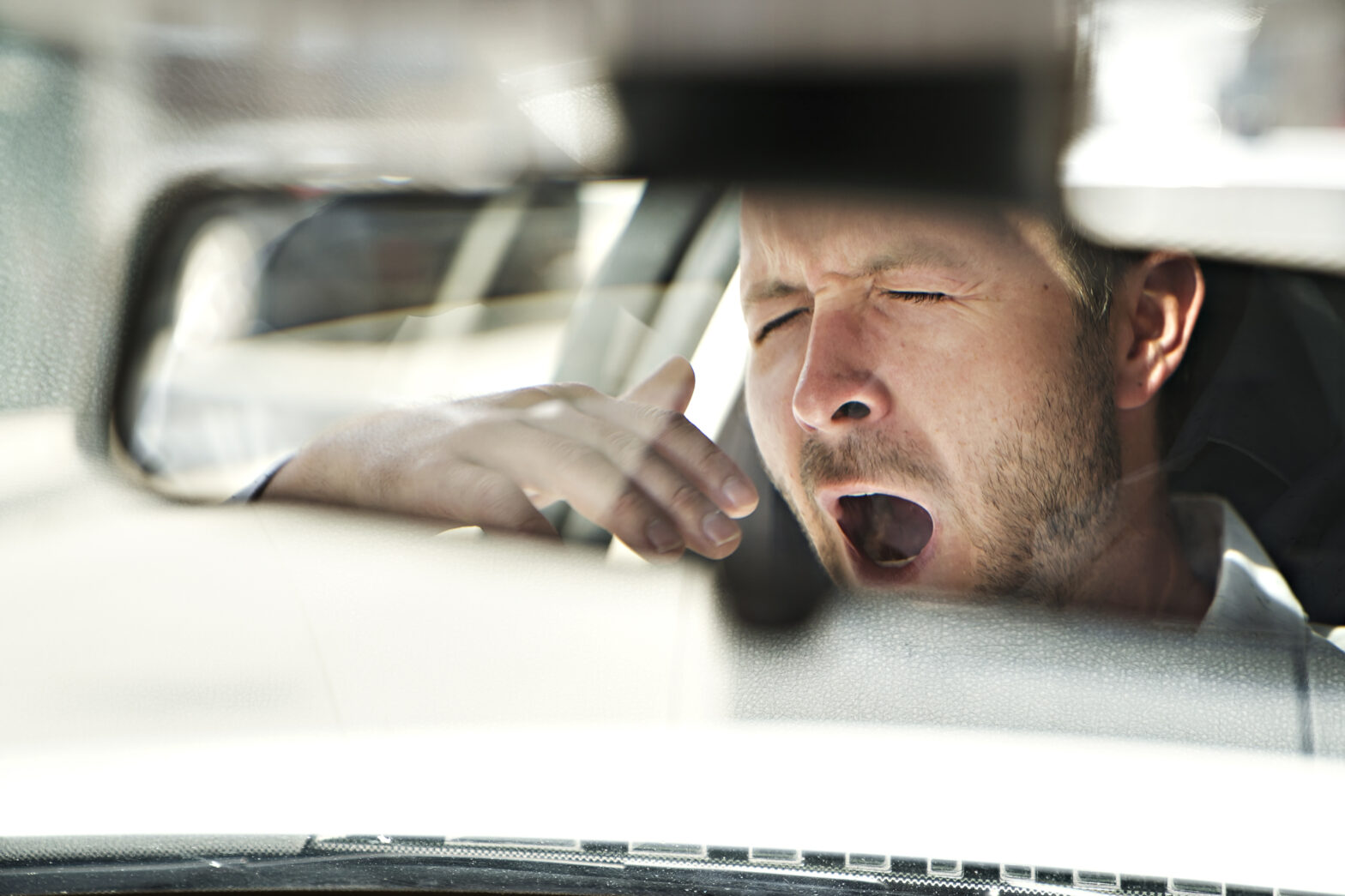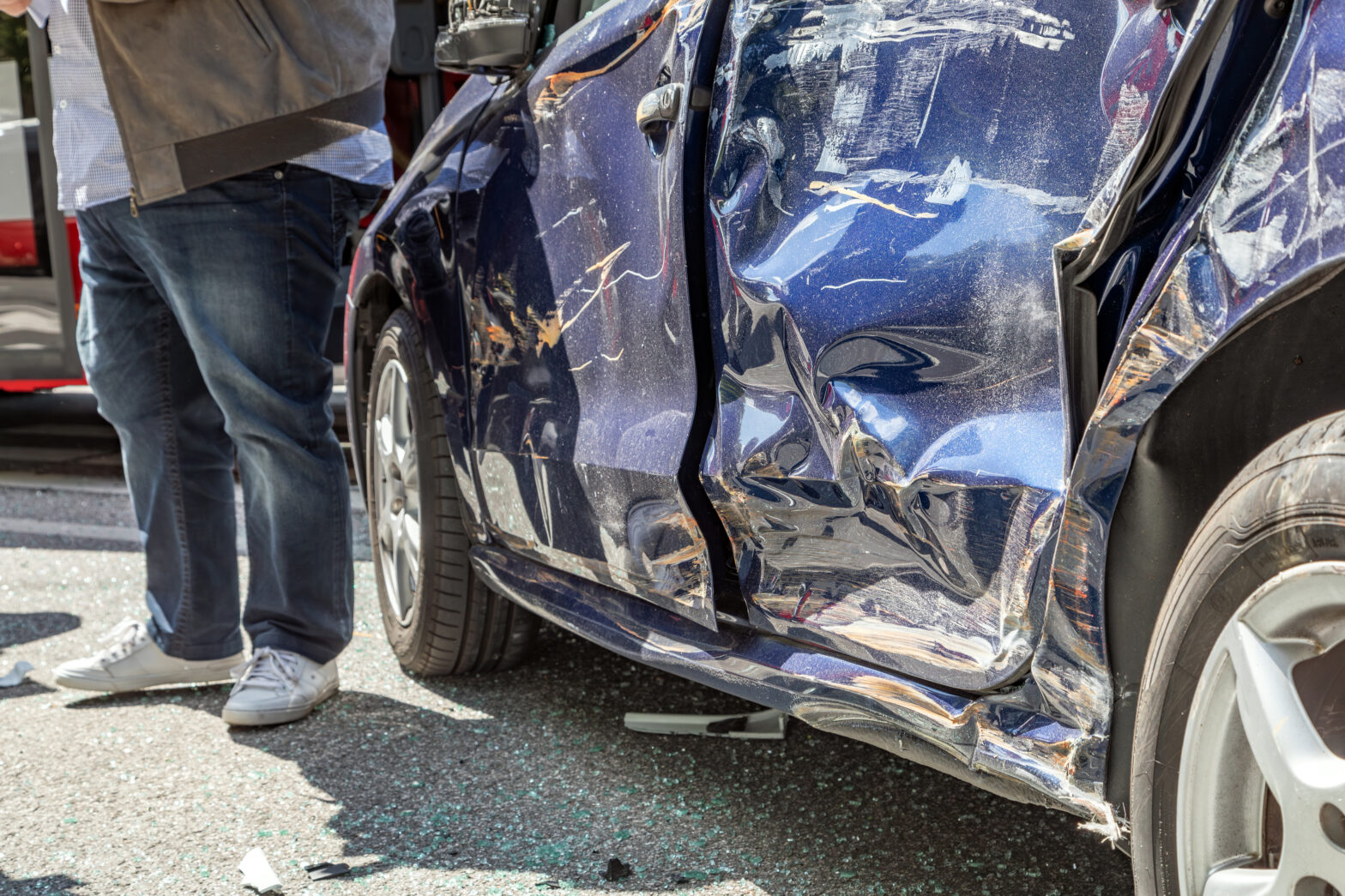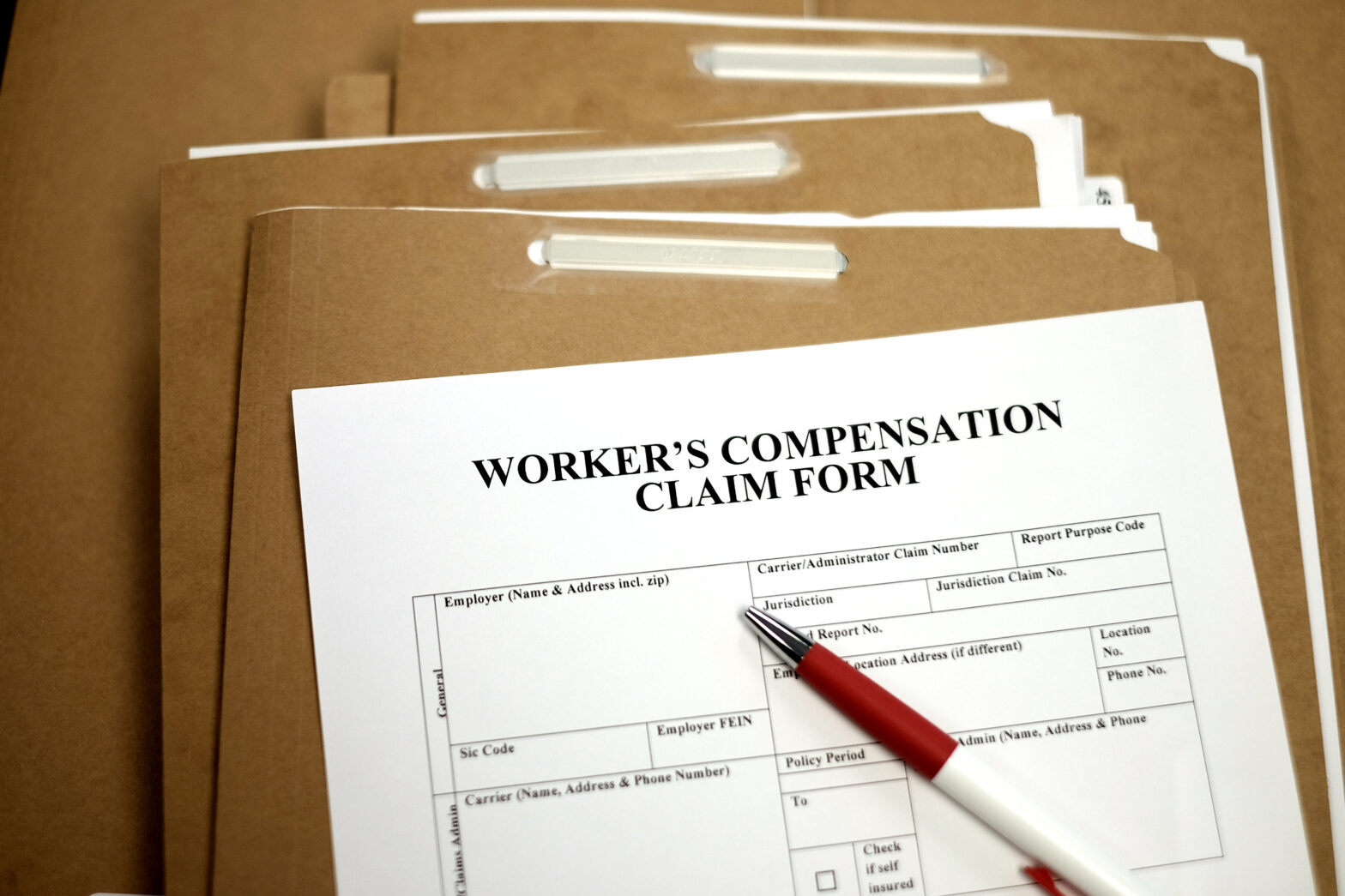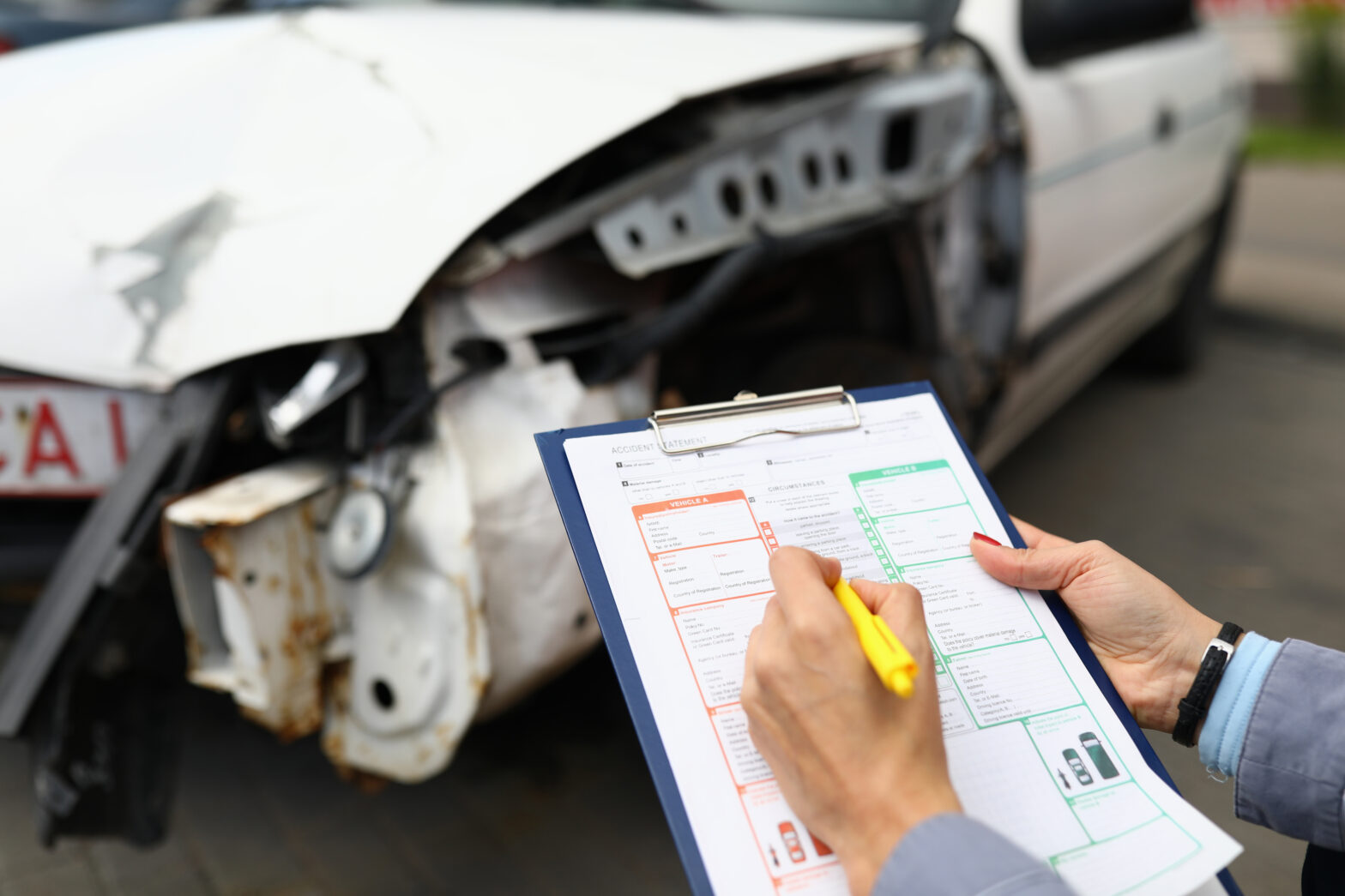Dangers of Fatigued and Drowsy Driving

Drowsy driving is a hidden but deadly epidemic on our roadways. According to extensive research by the AAA Foundation for Traffic Safety, it plays a role in more than 6,400 fatalities and 71,000 injuries annually. This makes drowsy driving one of the leading preventable causes of fatal and injury crashes in the United States today.
Despite widespread public awareness campaigns, many drivers underestimate the hazards and get behind the wheel without adequate rest. Sleepy driving can slow reaction times and impair judgment as much as drunk driving does. Yet there is still a misconception that pressing on is safer than pulling over to rest.
Drowsy driving crashes spike during the holiday season as more motorists travel for late-night celebrations and family visits. Drivers trying to squeeze in “just a few more miles” put themselves and others at tremendous risk. As we approach the holidays, it is essential that both drivers and their passengers understand the dangers of drowsy driving, who is at risk for drowsy driving, and what to do if you or a loved one are injured by a drowsy driver.
Dangers of Drowsy Driving
Drowsy driving is hazardous and a major cause of car accidents in the United States. When we are sleepy, our reaction times slow, our attention and judgment become impaired, and our driving abilities are significantly hindered—similar to driving under the influence of drugs or alcohol.
In fact, studies have shown that being awake for 18 hours produces impairment equal to having a blood alcohol concentration of 0.05 and being awake for 24 hours is equal to a blood alcohol concentration of 0.10 – well above legal limits.
Here are some of the main dangers of driving while feeling drowsy:
- Slower reaction times: Drowsiness slows our reflexes and reaction time to hazards on the road. This makes it much harder to brake in time, swerve around obstacles, or respond to dangerous situations. Just a few seconds’ delay in reacting can mean the difference between a close call and a serious collision.
- Reduced alertness: Fatigue reduces our alertness levels and makes it much easier for the mind to wander. A drowsy driver may fail to notice stop signs, traffic signals, or even pedestrians crossing the road. Their diminished alertness puts themselves and others at great risk.
- Impaired judgment: When we are sleepy, making sound judgments about speed, distance and road conditions becomes harder. Drowsy drivers frequently misjudge gaps in traffic, follow too closely, or make dangerous maneuvers. Their judgment is too clouded to drive responsibly.
- Falling asleep behind the wheel: The greatest danger is falling asleep altogether for even just a few seconds. At highway speeds, a motor vehicle travels over 100 feet per second. So just nodding off for 3-4 seconds could result in a driver waking up over 300 feet down the road from where they lost consciousness. This often leads to very serious car crashes.
Driving drowsy is similar to driving drunk – it noticeably reduces driving ability. If you feel fatigued or sleepy behind the wheel, the best decision is always to pull over and rest until you are fully alert again. Driving in a tired state puts your life and the lives of others at risk.
If you’ve been involved in an accident with a drowsy driver, contact a personal injury law firm to understand your rights. Accident injuries can become expensive, with hospital bills, rehabilitation, and missed time from work. Let a top personal injury attorney fight for fair compensation for your injuries.
Who Is at Risk for Drowsy Driving?
Drowsy driving does not discriminate – anyone who gets behind the wheel without adequate rest risks crashing. In fact, in 2018 around 3% of surveyed drivers reported having fallen asleep at the wheel in the past 30 days. Given the likelihood of underreporting, the actual incidence is likely higher.
While every driver is at risk, some groups are over-represented in drowsy driving statistics:
Young Drivers: Young drivers aged 16-24 are one major at-risk group. Their youth and inexperience can lead to underestimating the hazards of fatigue. Many young drivers are also prone to irregular sleep schedules and staying up late into the night.
Shift Workers: Shift workers have a heightened risk of drowsy driving. Work schedules that conflict with the body’s natural circadian rhythms make it harder to get sufficient sleep. Rotating shifts or night shifts disrupt sleep even more.
Commercial Truck Drivers: Commercial truck drivers face immense pressure to meet delivery windows and schedules, resulting in inadequate rest breaks and sleep deprivation. Regulators try addressing this through “hours of service” rules limiting how long truckers can drive without off-duty rest.
People with Sleep Disorders: People suffering from untreated sleep disorders like sleep apnea, insomnia, or narcolepsy have a reduced ability to fight the urge to sleep. Unaware of an underlying condition, drivers may downplay their level of impairment.
While any driver can drive drowsy, understanding which groups are most vulnerable allows targeting education and prevention efforts to be more effective.
What to Do After an Accident with a Drowsy Driver
Being in an accident with a drowsy driver can be a terrifying experience. Even if you escape without major injury, the incident can leave you feeling shaken and unsure of what to do next. Taking the proper steps following such a crash is important to protect yourself both physically and legally.
Foremost, make sure to get medical attention if you have any pain or discomfort, even if the symptoms seem minor. Adrenaline can mask serious injuries, and some problems like concussions don’t manifest until hours or days later. Don’t hesitate to get checked out thoroughly after an accident.
You’ll also want to gather as much evidence from the scene as possible. Take photos of damage to both vehicles, skid marks on the roadway, and the accident location. Get contact details and statements from the driver(s) involved and any witnesses. If the drowsy driver admits to being exhausted, make note of that admission. This can help establish fault later.
One of the most important steps is to contact the police so that an official report is filed. Be sure to get a copy of this report for your records. Police reports contain vital facts like whether any driver appeared impaired, if someone was ticketed, and more.
Finally, get in touch with an experienced car accident injury attorney. An attorney can conduct a full investigation into the cause of the crash, build a compelling case to prove the other driver’s negligence and fight for full and fair compensation for your damages. They handle the legal complexities so you can focus on healing.
Car Accident Injury Attorneys in Lancaster, Pa.
The aftermath of any vehicle collision is stressful, but this is especially true when the crash was caused by a drowsy driver. Recovering compensation in these cases can be complex. The highly skilled and successful personal injury attorneys at Georgelis, Larsen & Sabatino Injury Law Firm, P.C. have extensive experience building strong claims against negligent fatigued drivers.
If you or a loved one were hurt in a crash caused by a sleepy driver, contact our office today for a free, no-obligation consultation. We will review your case and help you understand your rights as an accident victim. You do not have to fight alone – we are here to help. Call us at 1-800-HURT-NOW or connect with us online to schedule your consultation. We do not charge any fees for our time and are only paid when we successfully resolve your case. Remember, Winning Is No Accident!





